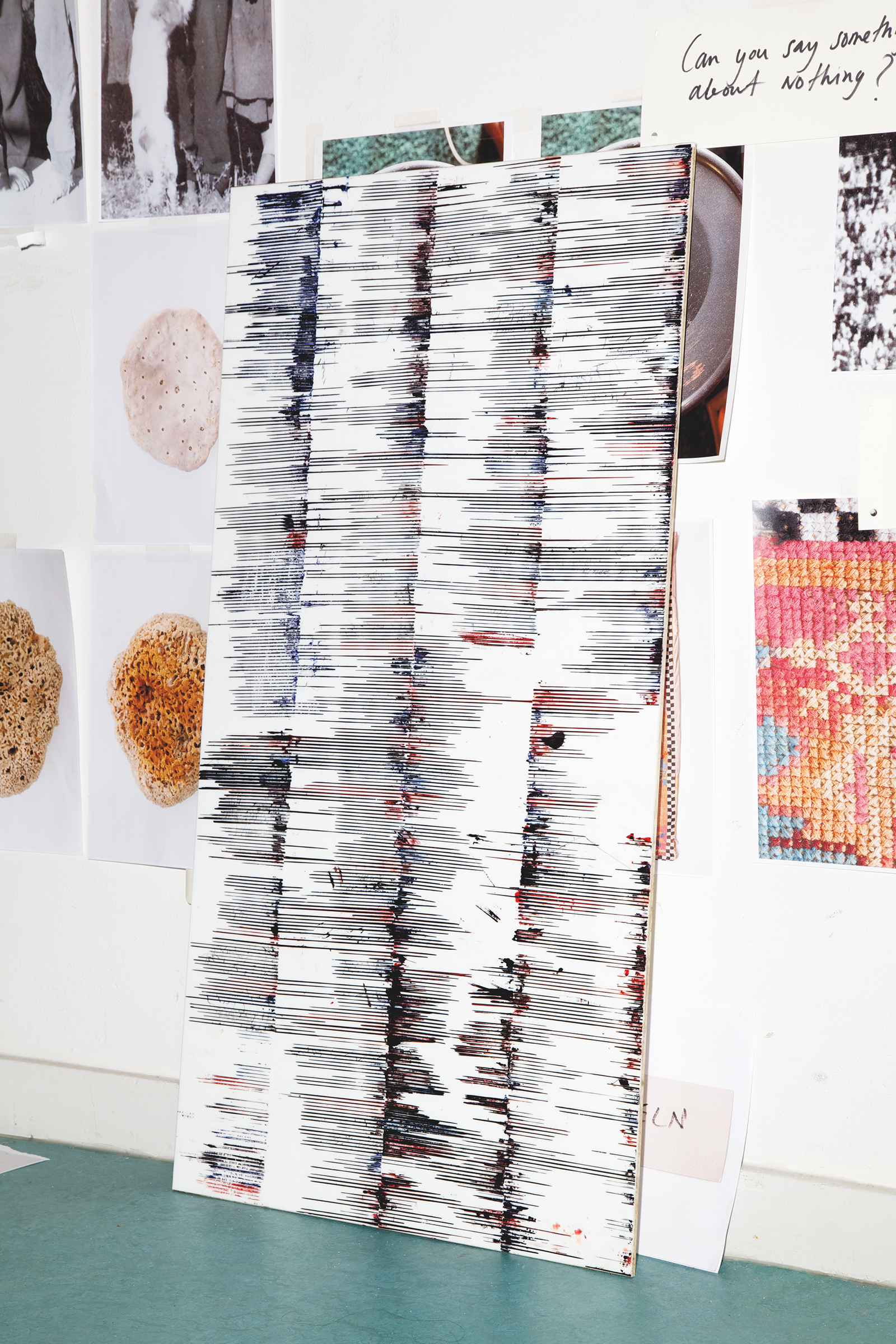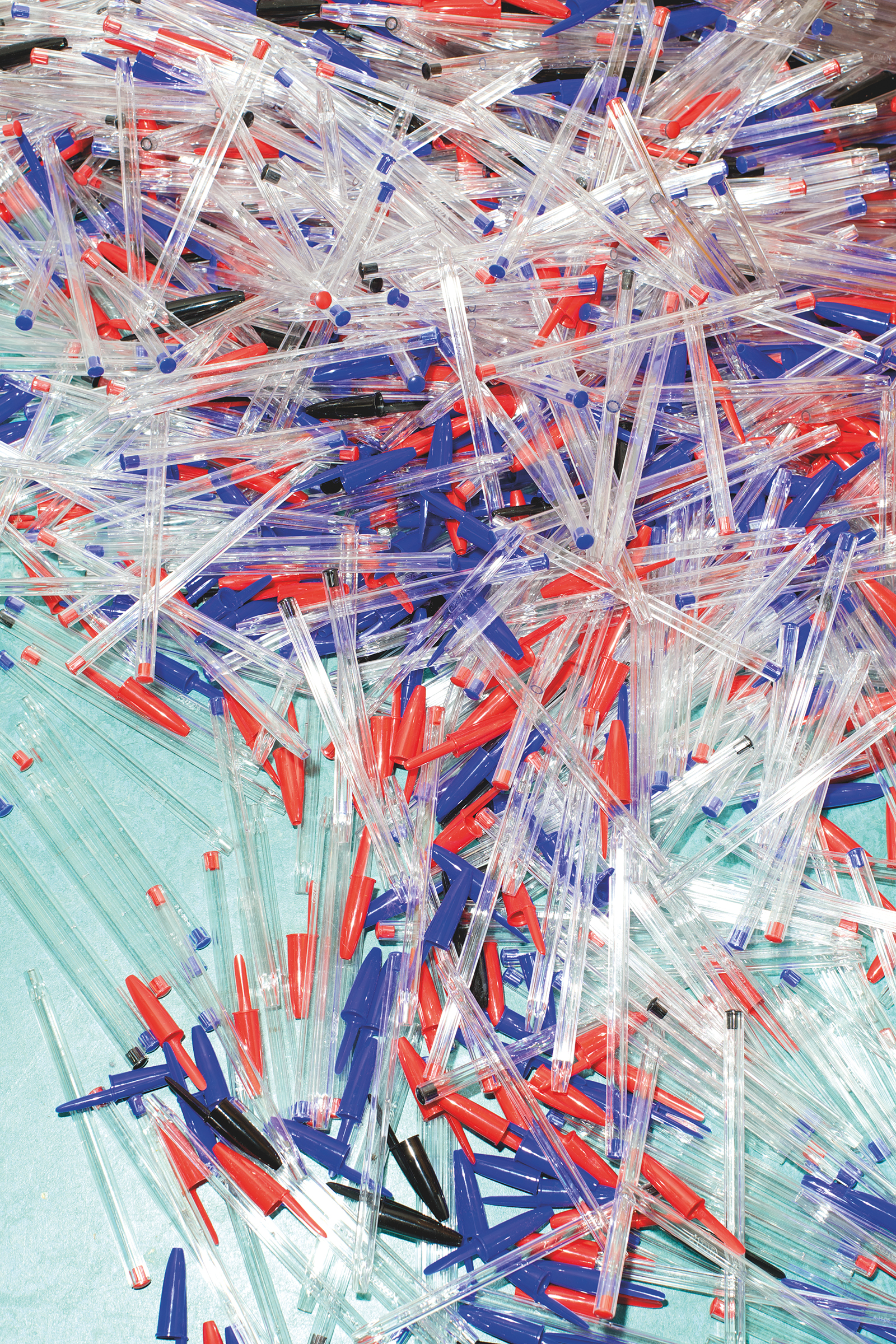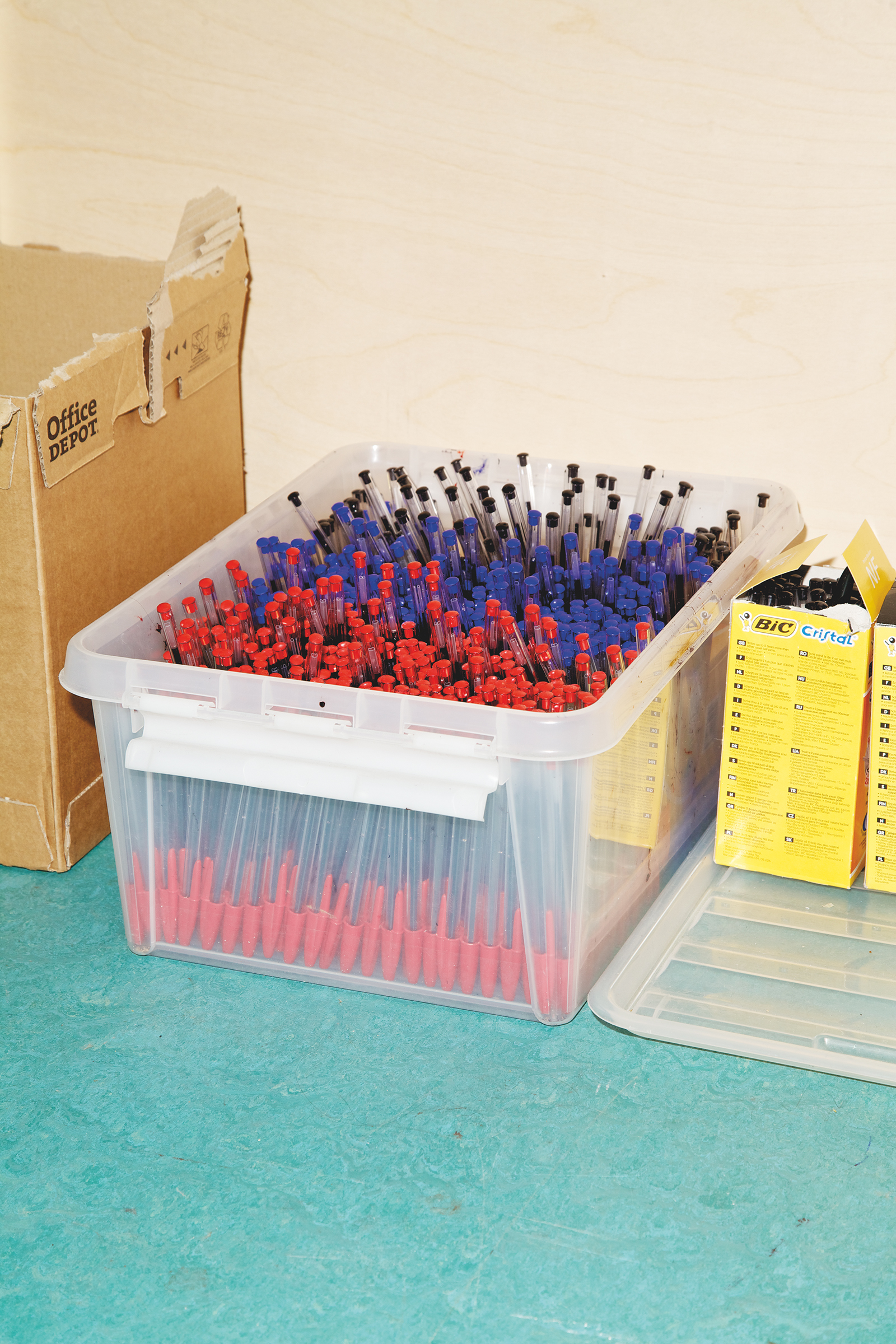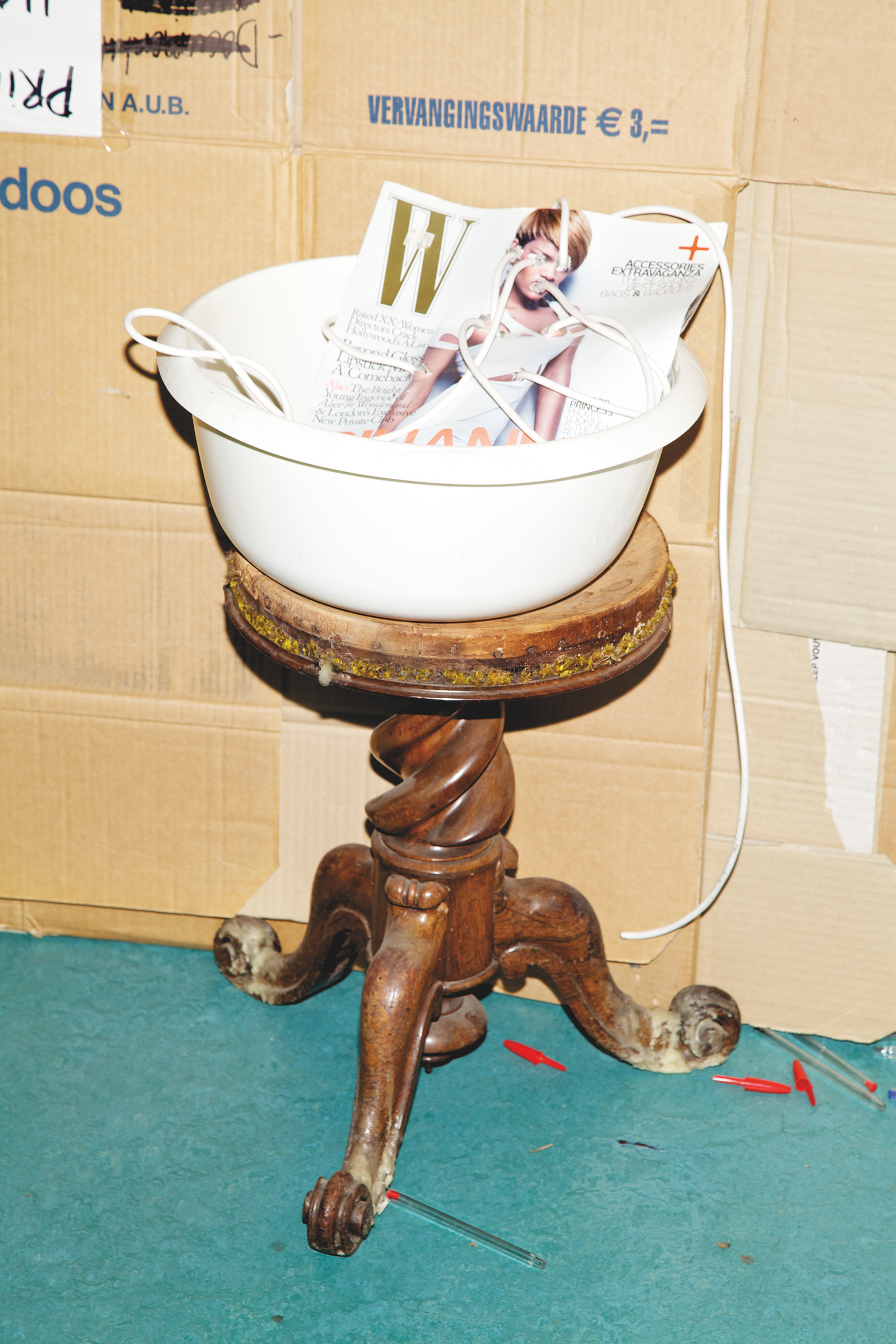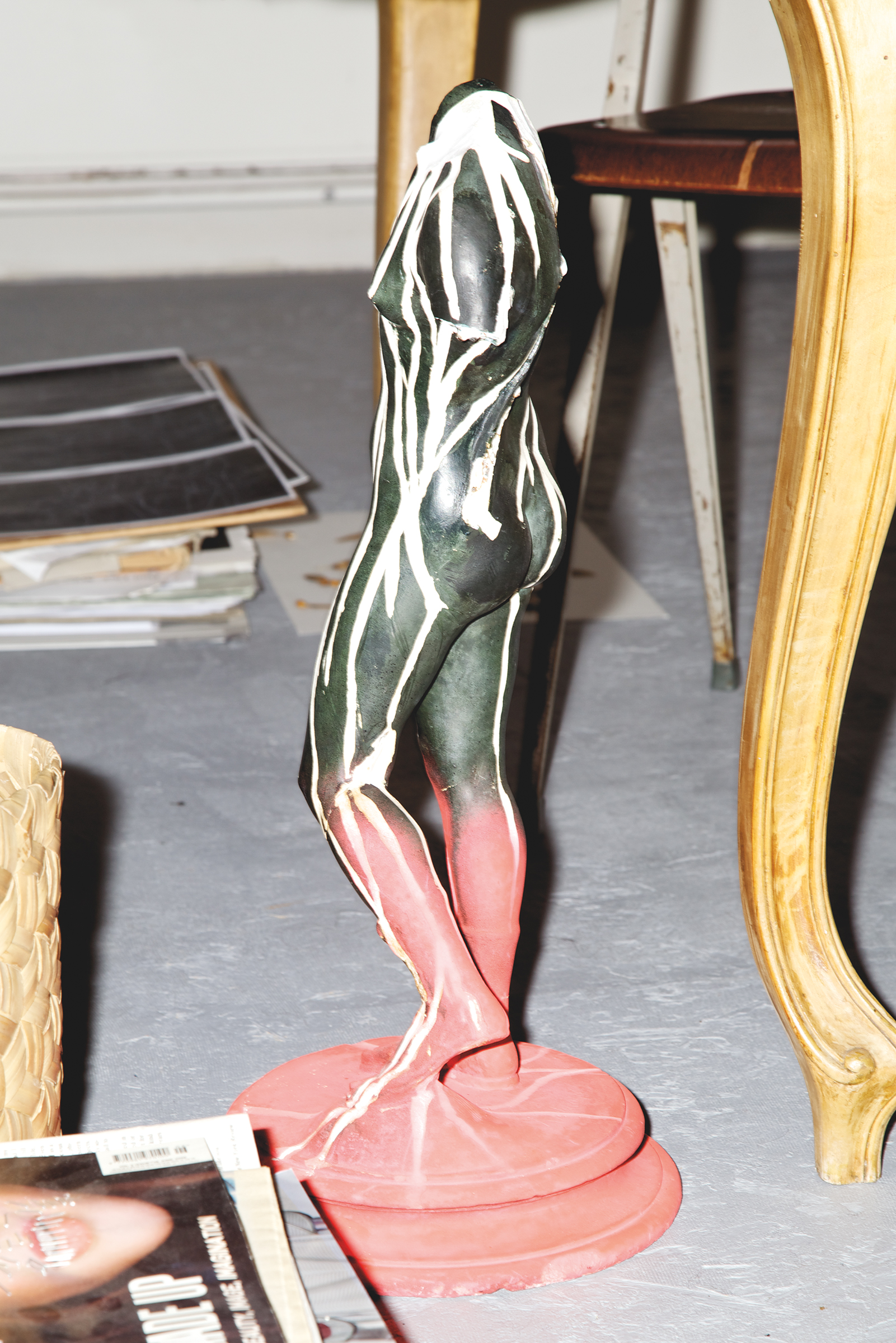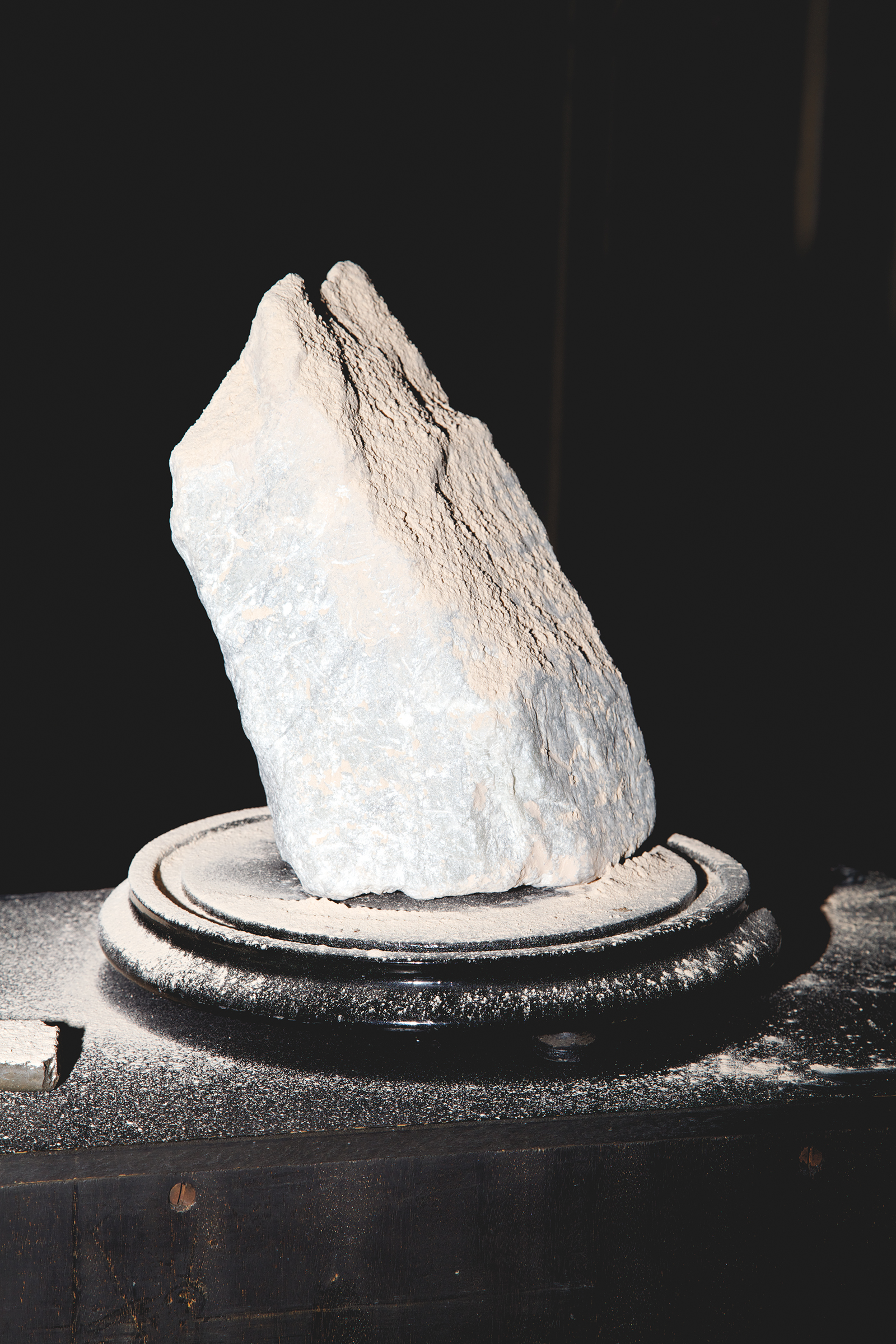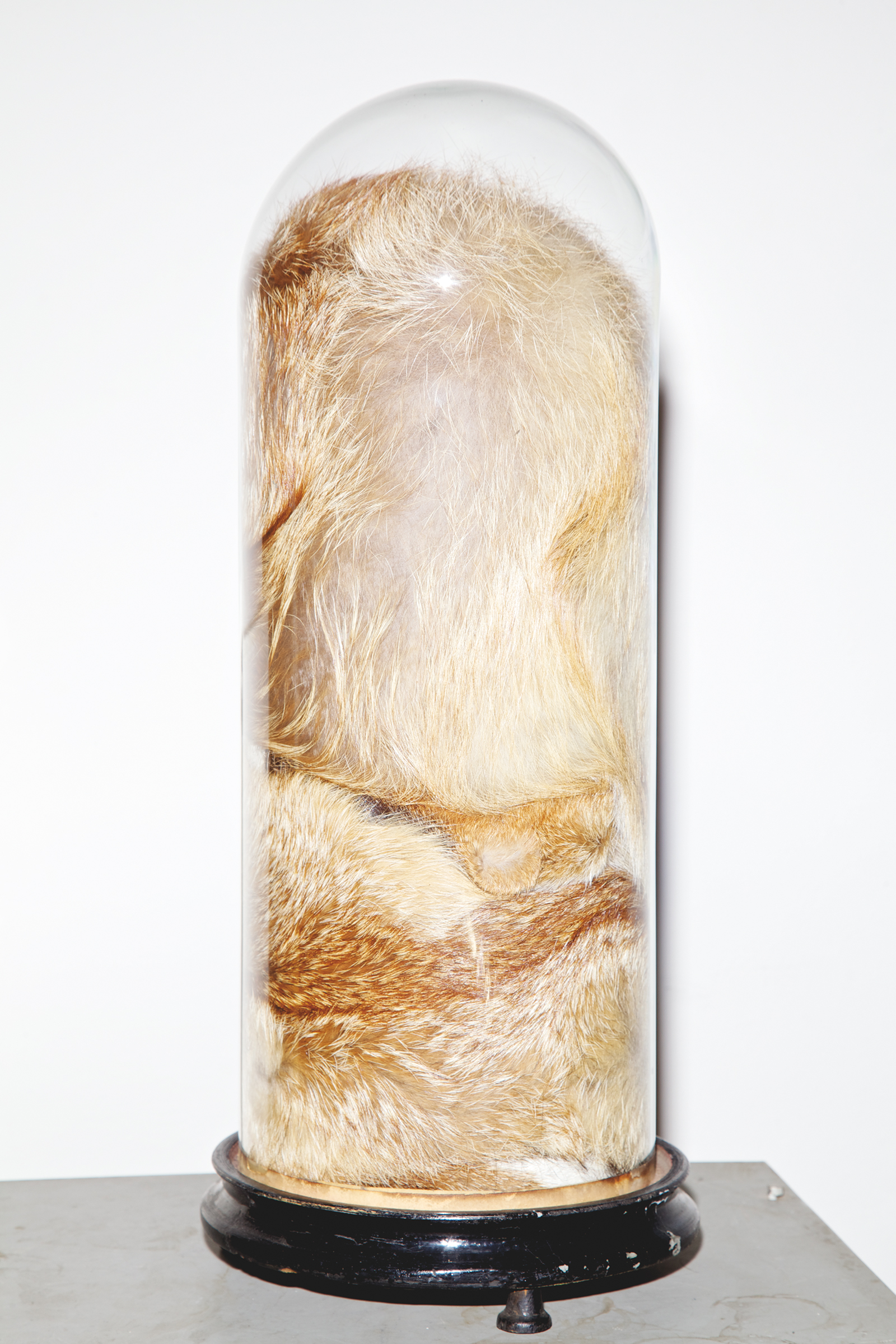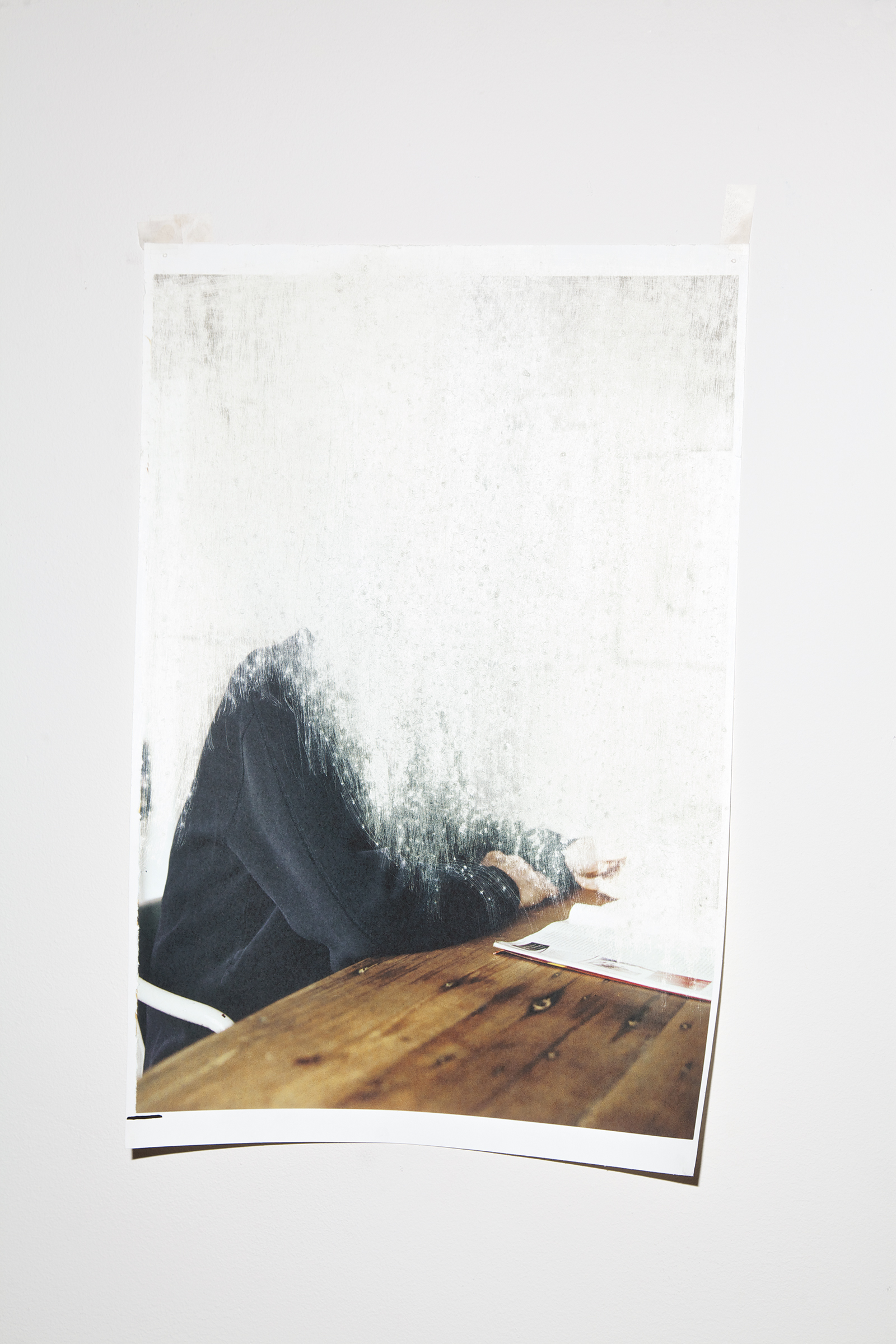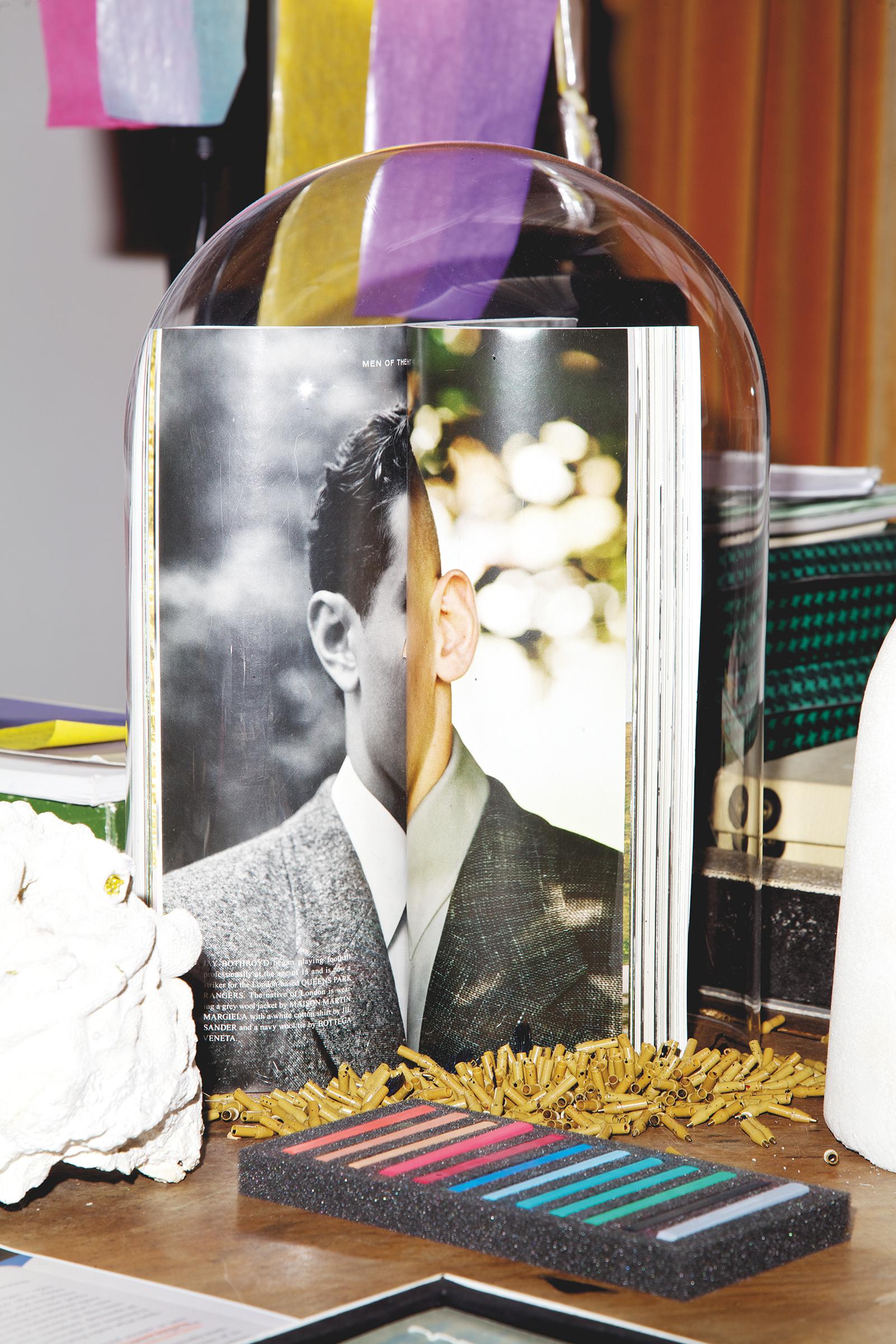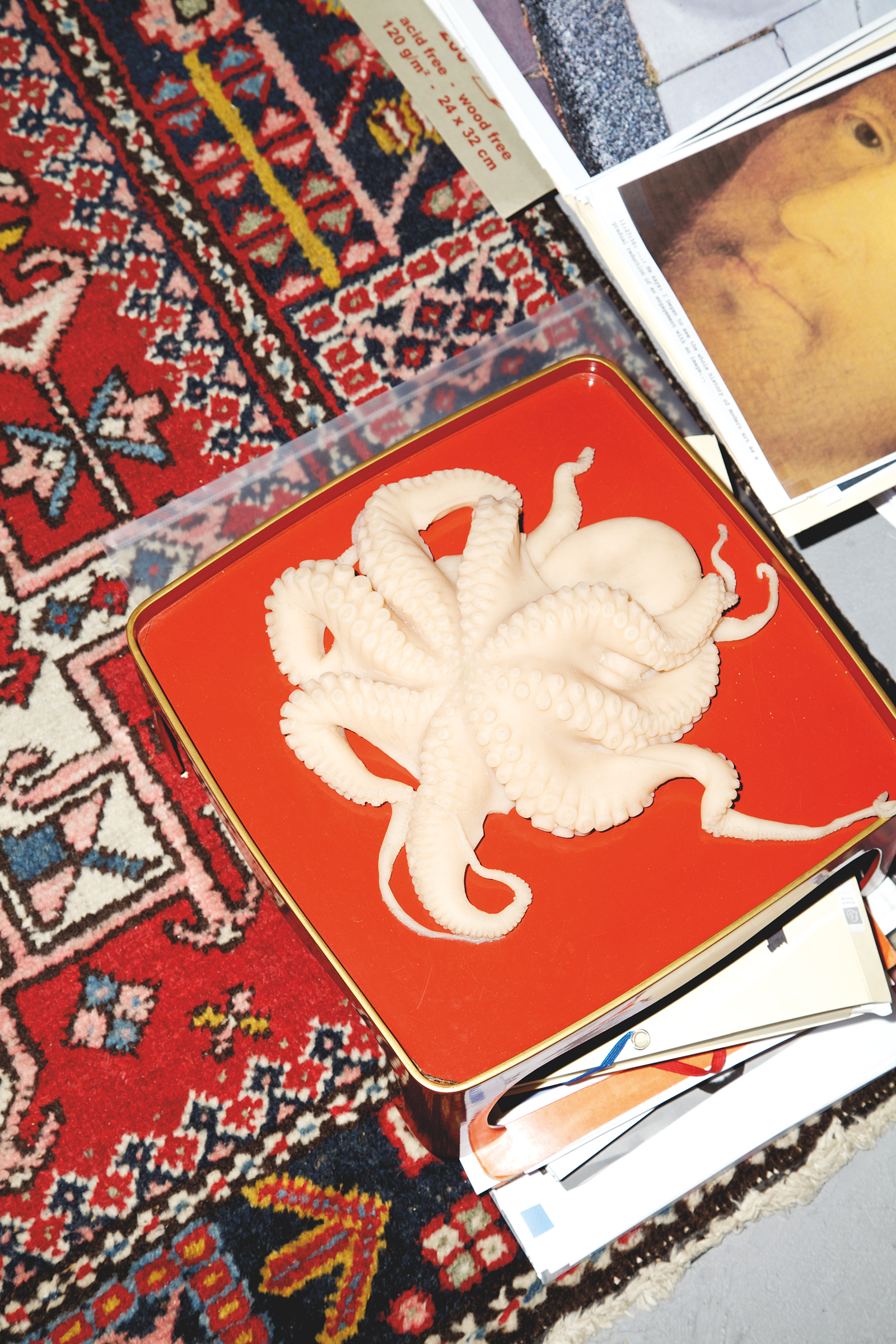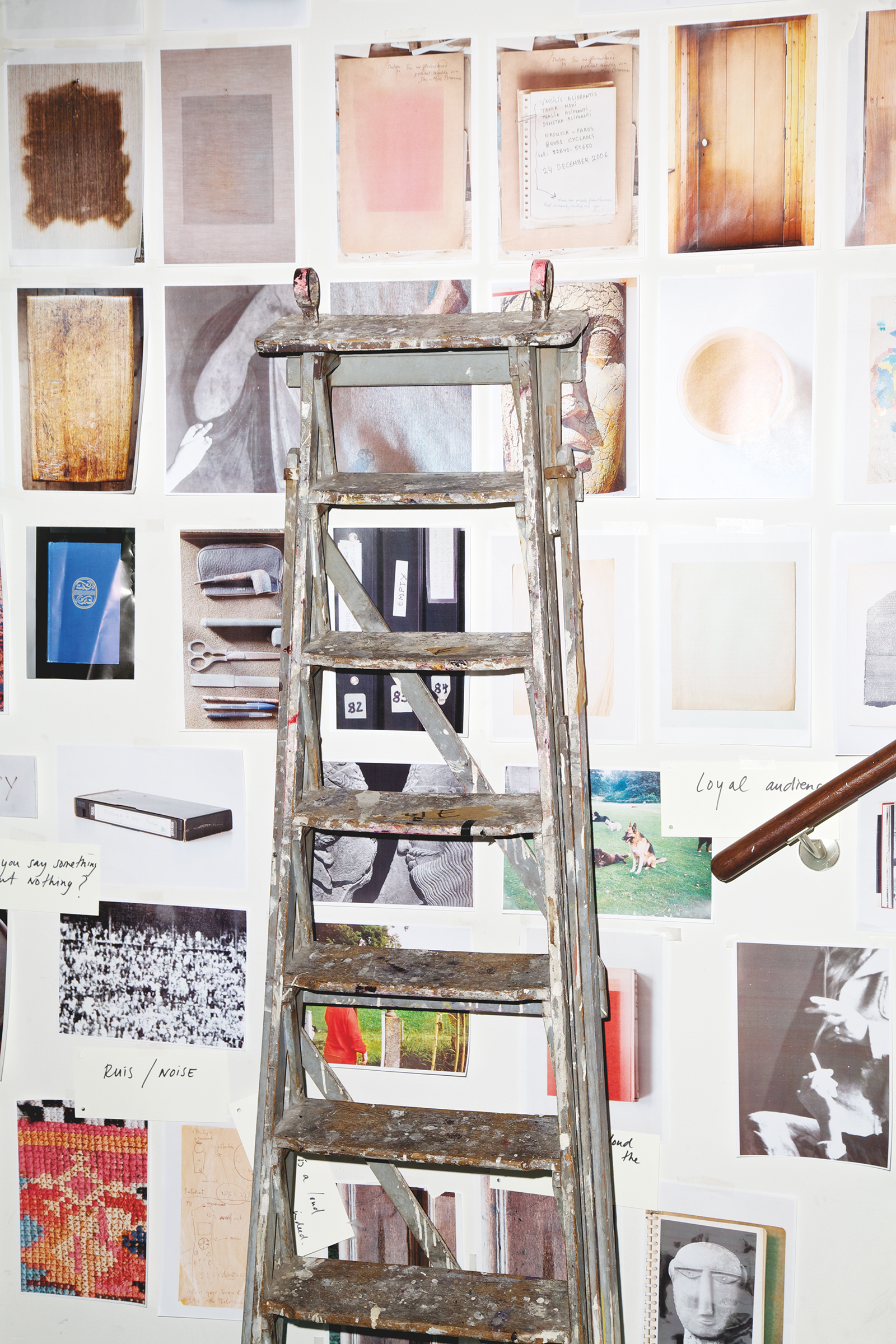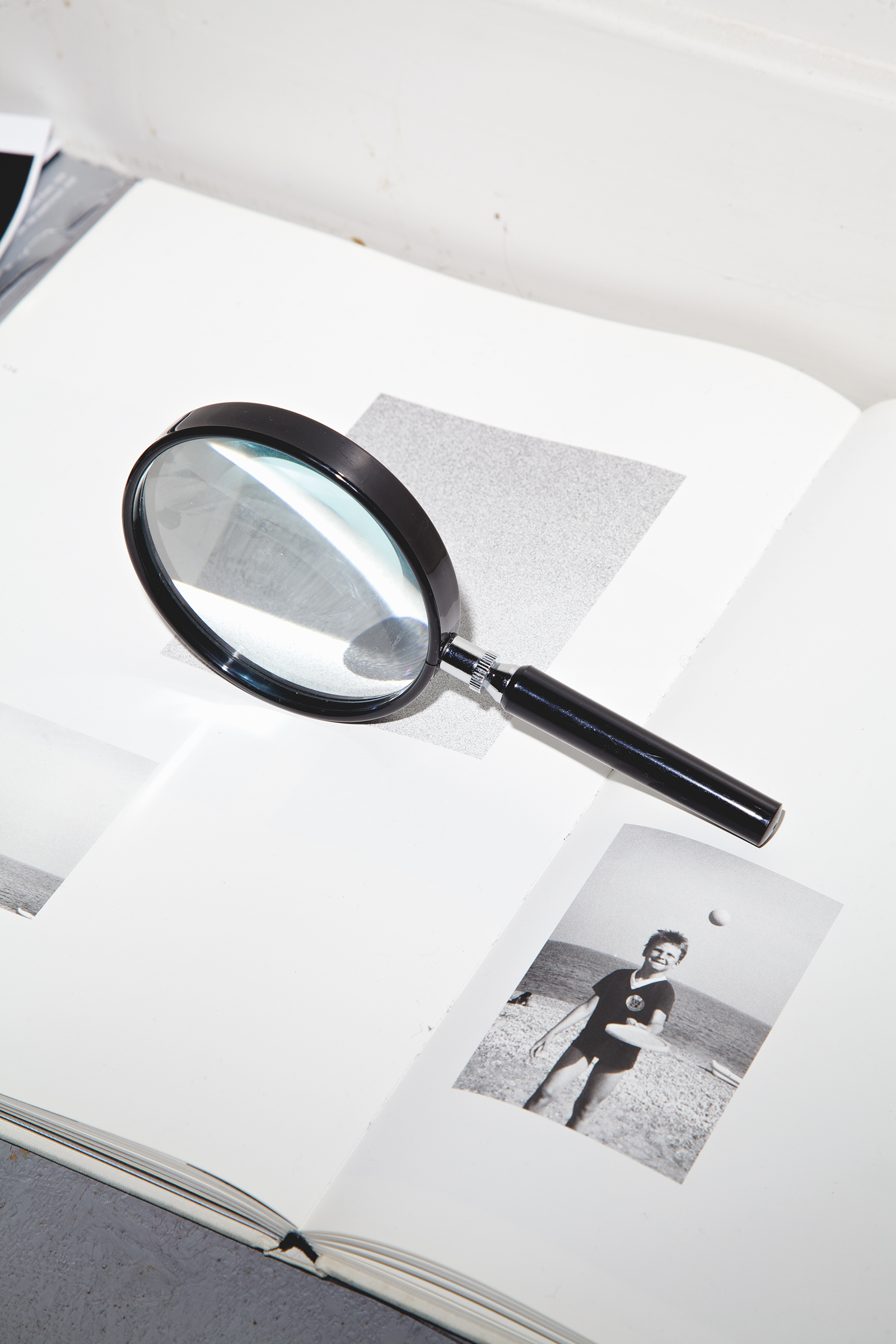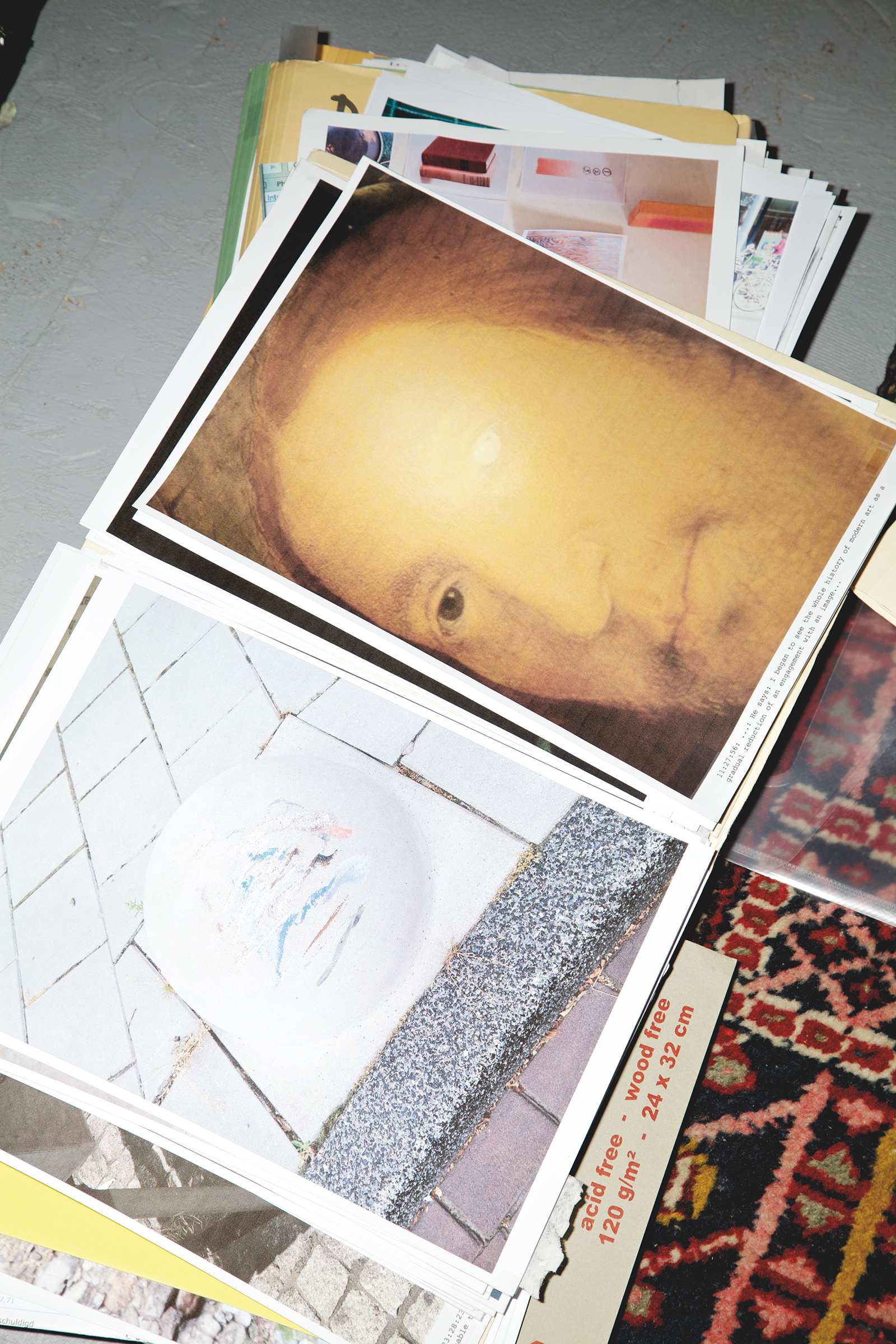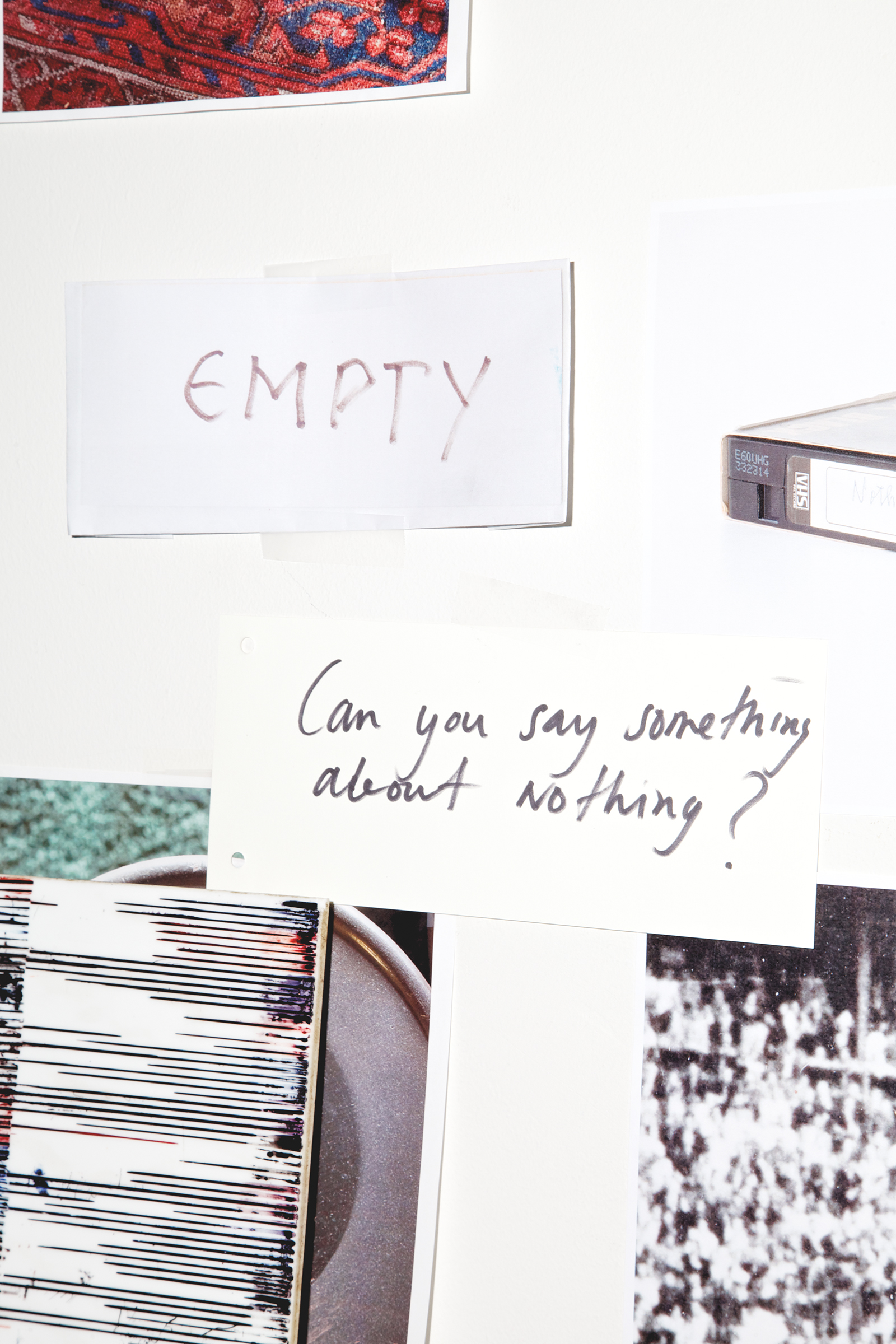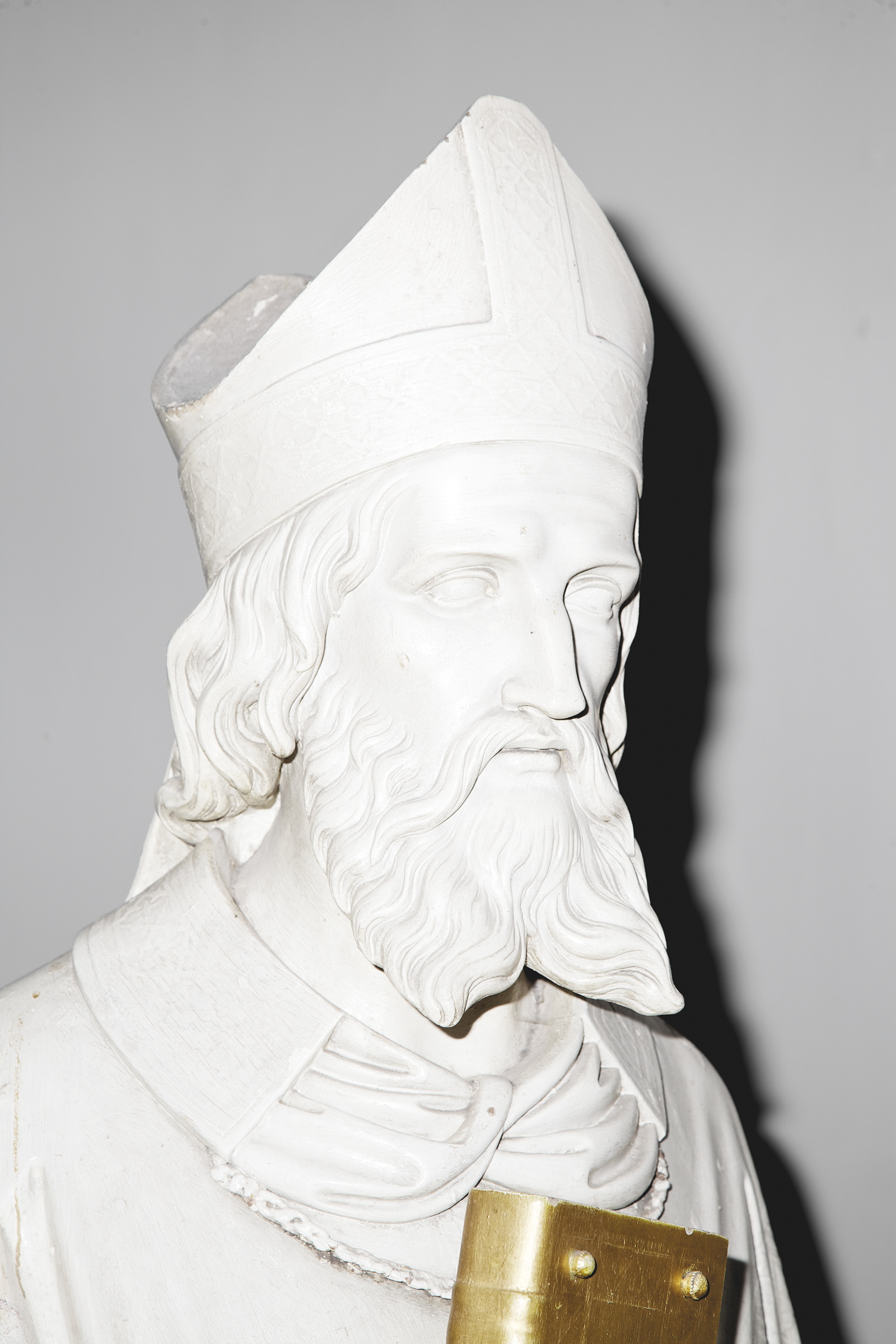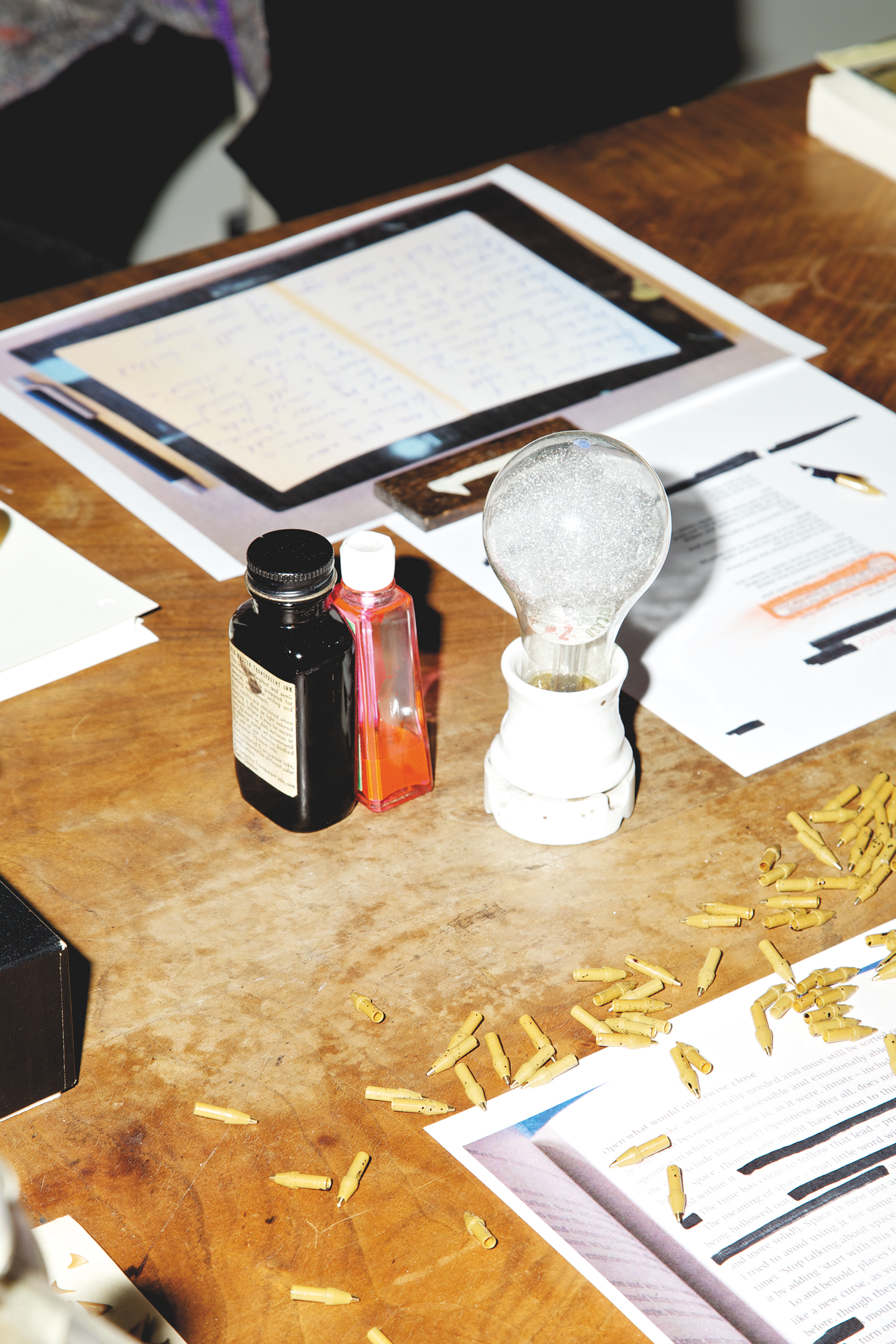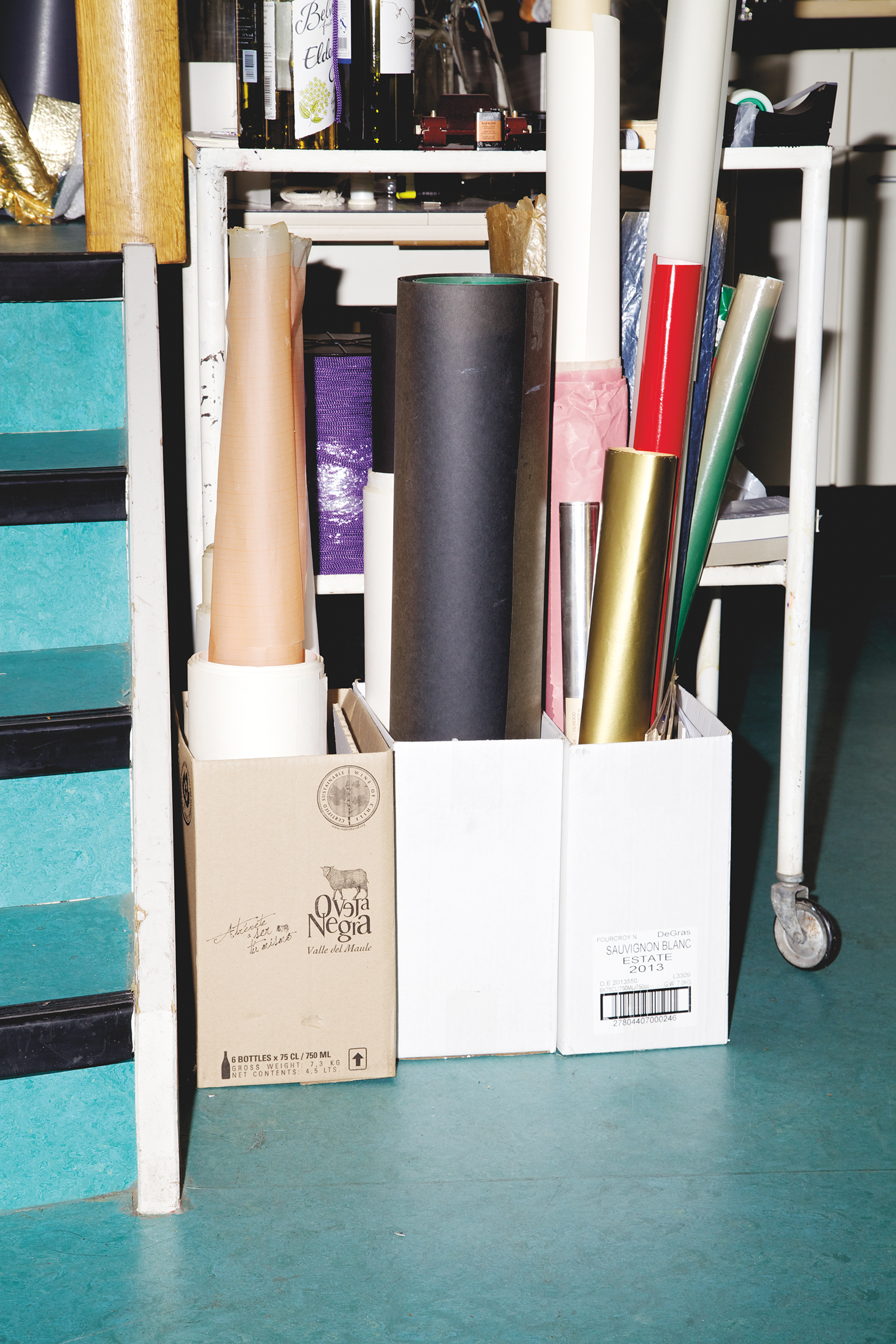AMIE DICKE
Just type her name in any search engine and you will find yourself surfing among disconcerting key concepts such as “abrasion”, correction”, “deconstruction” and even “mutilation”. Nevertheless, after talking to Amie Dicke and plunging into her work one glimpses a hidden message , approaches a more positive and inspiring aspect and gets closer to the idea of beauty and where it comes from. As she would state, it is all about unwritten messages and little stories captured in small objects. Like the one of the pencil ferrule that she treasures attached to a gold chain that she got from her parents at the age of 17 or the one that relates how her studio ended up in the former sacristy of a church in Amsterdam. Here is what she shared with me.
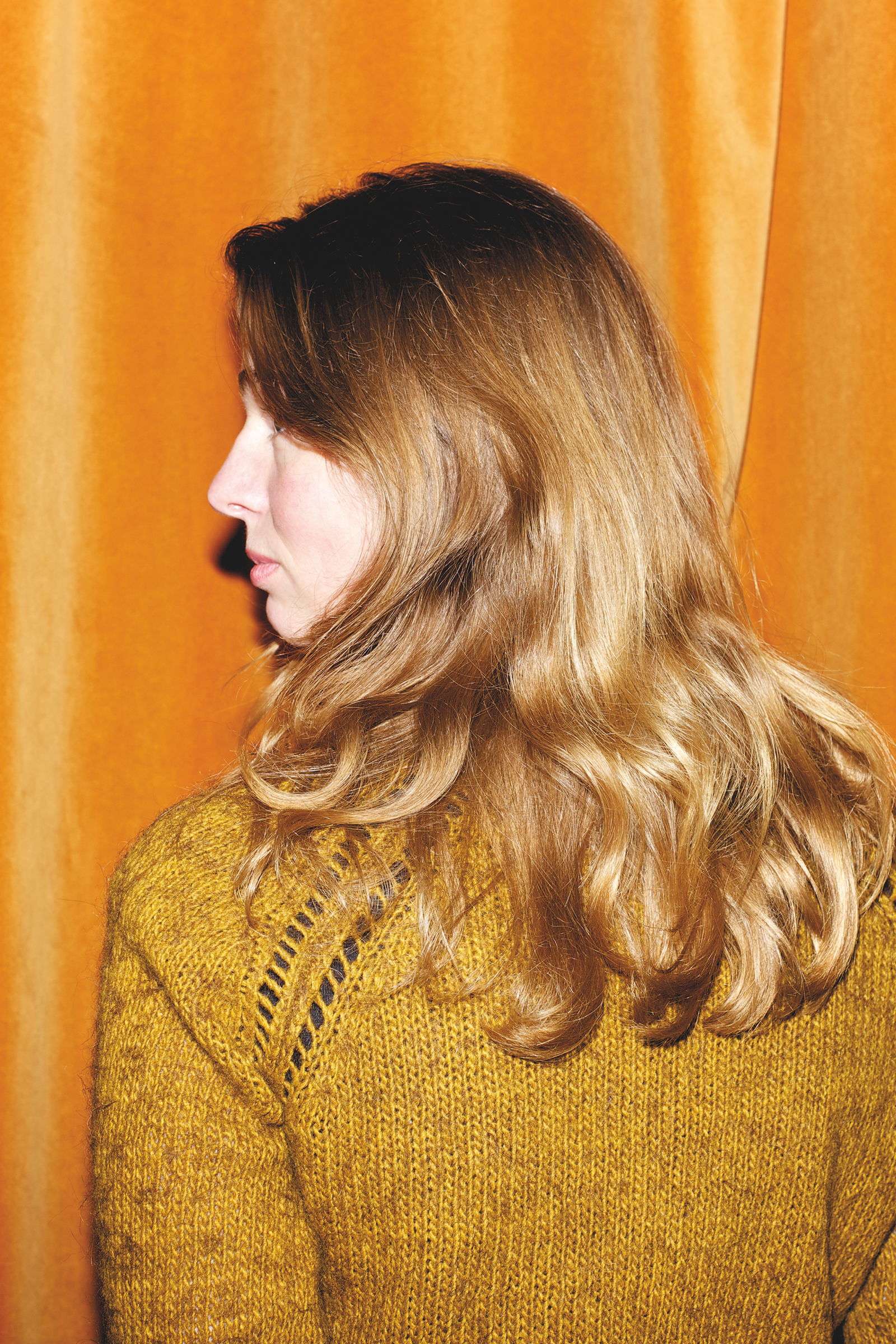 People normally believe that everything has already been invented. The first thought that came to my mind when I discovered your work was just the opposite. What should people sense the first time they run into your work?
People normally believe that everything has already been invented. The first thought that came to my mind when I discovered your work was just the opposite. What should people sense the first time they run into your work?
— A lot of people tend to think that my work hides a certain aggression, and to be honest I should admit it is true. But I think I have made a change quite recently. It may not be a huge change, but now I understand better how to point out the things that are more important. I am currently working in the house of a woman who passed away at the age of 100. Her house is a nice house near the canals and I am allowed to walk through and point. Take the videotape on which she wrote «nothing to see here» as an example. That object talks about her and it is unintentionally beautiful, like some paint drops on the floor or the faded dictionaries on the shelves. All of those objects have not been created by an artist.
You could be walking along the street and find beauty anywhere. This makes you aware of the fact that things have been there for a long time. You can even read stories that have never been written but are visible, written by other people’s usage, for example. The stories that are hidden in little objects make me extremely happy. I think I needed magazines and their imagery to finally understand where else beauty could be.
What can you see that the common eye can’t see?
— If you had asked me that question a few years ago I would have said that there is nothing. But recently I understood that perhaps I might see things differently. A good example could be a picture I used for my exhibition Collecting Alibis in Amsterdam. In the Netherlands we have these matches called Säkerhets Tändstickor with a little bird —a swallow— drawn in the box. Every time that I light one of those matches I then blow it off and make it match the silhouette of the bird. It fits perfectly! The thing is that I have always done this and I thought everybody did it too, but now I know it was something that not everyone else could see...
Why did your studio end up in a church?
— I know it is insane, but it just came to me! Someone told me: «I may know a good place». And that was it. The church has been restored by a foundation named Stadsherstel that takes care of old buildings. I have my own space in the former sacristy. When there is no service I can even organize meetings to talk about art in the church...
So you are constantly surrounded by religious imagery. Do you think religion is a target that could be amalgamated, manipulated and modified?
–There are so many layers in religion that I find it difficult. Religion has always played a big role in my life, guilt and shame have always been there as ingredients. I think I am still searching for an alternative form of religion, though. I truly believe in the power of prayer, for instance, in the intensity and the sincerity of it. Moreover, truth is not something you can point at. It has to do with failure and admitting our faults. I do not like dogmas but I stand things better. We should take religion seriously but maybe in a different way. We lack or even miss certain traditions and need to find alternatives. But this will take a while. In the Bible there are very few women who play important roles, and they are either holy or prostitutes. From an early age I was really eager to understand more of that. I still find this duality really interesting.
Why Bic pens?
— Bic pens are just around and I always use material that surrounds me, either a magazine or some scissors... The story of Bic pens in particular may have started when my homework was corrected at school. When I decided to use them I first started by drawing on the cover of a really thick magazine. The pen immediately sank into the pages. At first I thought the idea was not working, but something nice happened, so I went deeper. Then the pen broke and the ink started to flow inside the opening I had made. I called that work My Split Self. The result was something I hadn’t forecasted in advance, it just happened by accident. Later on I decided to work on bigger surfaces, so I got lots of Bic pens, removed the point and the ink pipe apart and started blowing the ink into huge pieces. I used around 7,000 pens. The thing is that in the end you will find nothing written on those pieces of work: ultimately it is the unwritten that speaks.
As a chef who uses a deconstruction technique to isolate the elements in a plate and reduces its ingredients to the purest expression, you reinterpret some images to create different results. But is there any ingredient totally out of your focus, any material or theme in particular?
— Painting. I always thought that many things had already been painted, so I first needed to understand what happened before that. We currently have many different ways to translate what we see —take new technologies as an example—, so I am not sure if painting is still necessary to translate the biggest message. In the past it was the only way to freeze a moment, though. I find painting beautiful, extremely pure and powerful. I can’t say that I will never work with paint, but if I did I would probably do it in a different way. Nevertheless, there is something I like about brushes…
What is it?
— Fur! Fur has always been an ingredient in my work. This happened when I got a very nice fur coat from my grandma that I finally decided not to wear, so it ended up in my studio inside a bellglass. I suddenly noticed that it looked as if it had been painted. And I thought: «Of course!» It is the touch of hair that creates paintings. I had never thought of that before, but now I know that hair is a very important ingredient in any imagery. This is why I think there is still hair in my cutouts, for instance.
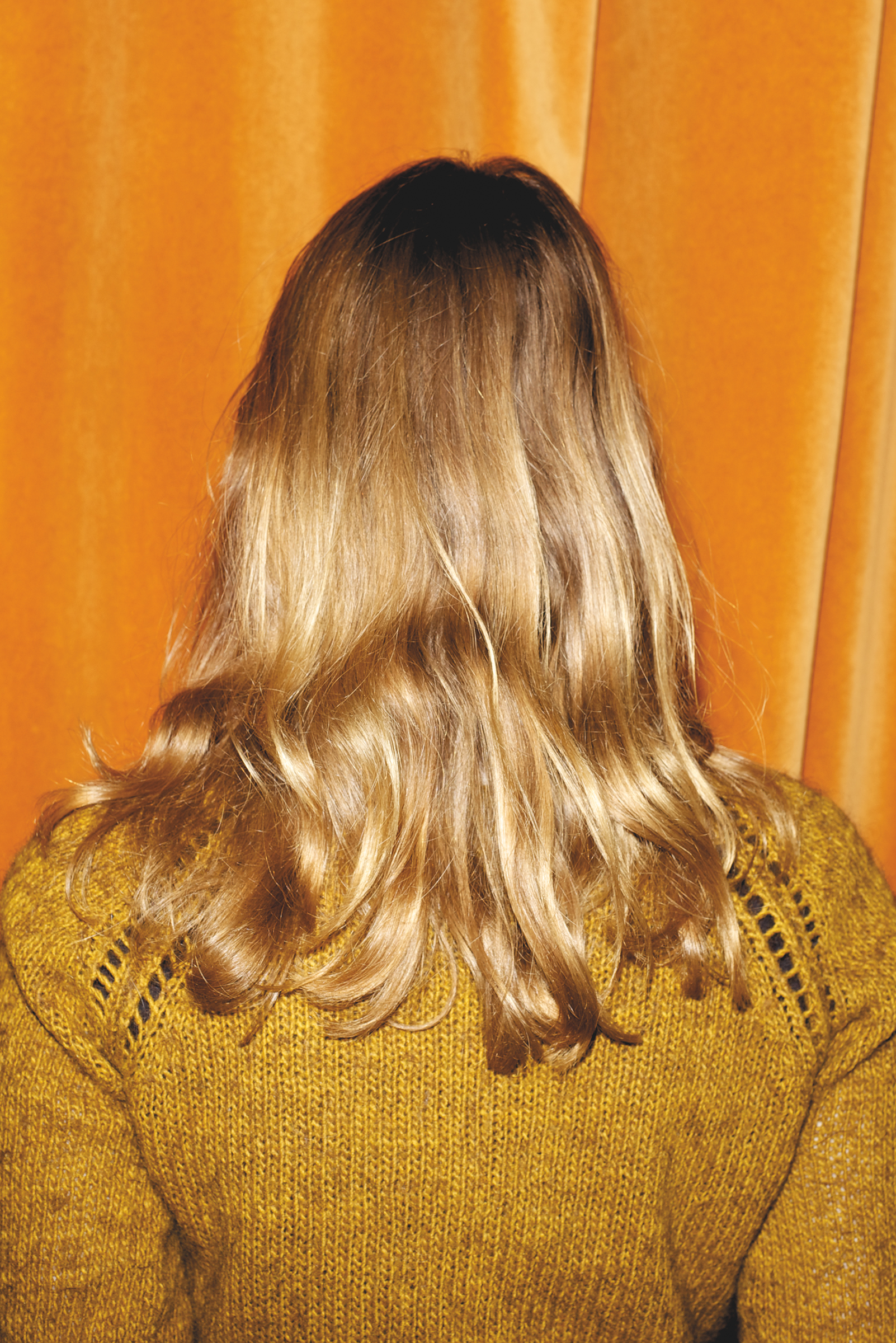
Does it explain why faces fade away but clothing and hair still remain in most of your creations?
— Sometimes other small details remain, like a shoulder or some hair, yes. I started erasing faces because our eyes and the way we look at things are extremely powerful. You can feel the tension in the eyes of a frozen image that stares back at you.
In magazines this tension is used to seduce the reader, and it actually works. It is powerful material —imagery is always powerful!—. But a better understanding requires erasing the eyes in an image. It is then when you get to see more of the context, the details of the background. This is something I like to do: I like sanding out the edges of the context. On the other hand, hair has something special. It is somewhat animalistic… There is something in the flowing of hair that I have always liked.
«Can you say something about nothing?» is a very thoughtful quote from Aldous Huxley’s masterpiece A Brave New World. Can you say something about nothing?
— If I had to say something about nothing I would refer to the space between words. Not long ago I got a collection of space bars. I found them in a place where they sell old typewriters and the space bars caught my attention because of their different colours and materials. So I finally found myself buying around 110 of them. Even though they were out of function they told me so much. Actually, the space bar may be the key we use the most in our keyboards, but what is interesting is that it says a lot more about what it is not written, about the connection of language…
I had a look at the titles of the books on your shelves and one of them specially caught my attention: Things I have learned in my life so far, by Stefan Sagmeister. What would Amie Dicke write under the same title?
— I guess the main idea would be that the solution is right in front of you. You don’t have to travel all around the world to find beauty because in the end everything is so close that it may be difficult to find at first. I would also add how important it is learning to let go. It is something you can’t force; it just happens. Forgetting is a very important matter that helps create space. But it has its own pace and its own place. Even the things we forget are housed… It always surprises me.
If you could choose one question to be asked that would reveal an important part of yourself, which one would it be?
— I recently read a wonderful article about fairy tales and found myself thinking how much we would reveal of ourselves if we answered a question like «which is your favourite fairy tale?» Because of the many things you could find out through the answer. Fairy tales suggest a connection to your culture, to the first stories you were told, to your imagination…
So which is your favourite fairy tale?
— As I said, I’d rather you use your imagination...
Interview: Nazareth Yeste
Photography: Benjamin Van Witsen
Amie Dicke´s Studio: amiedicke.com

